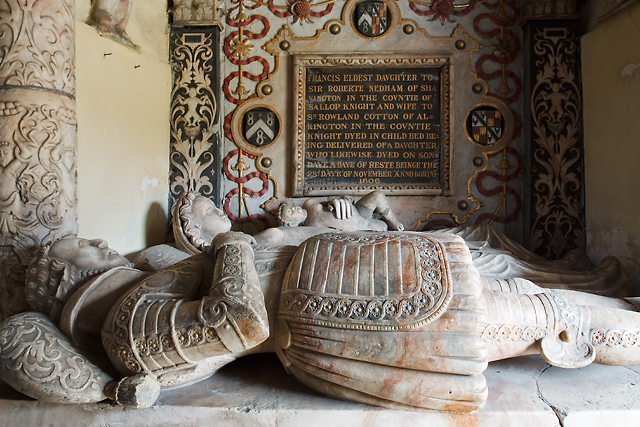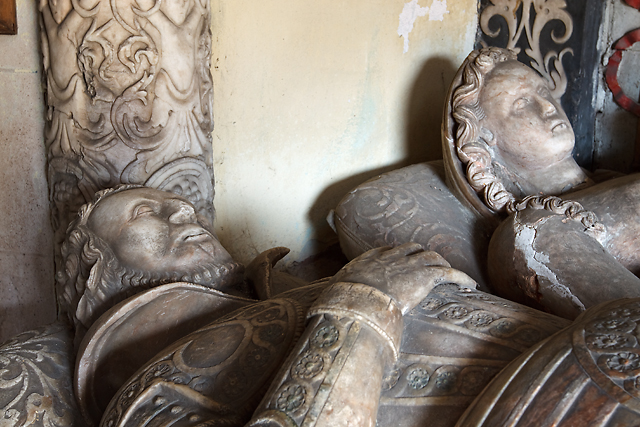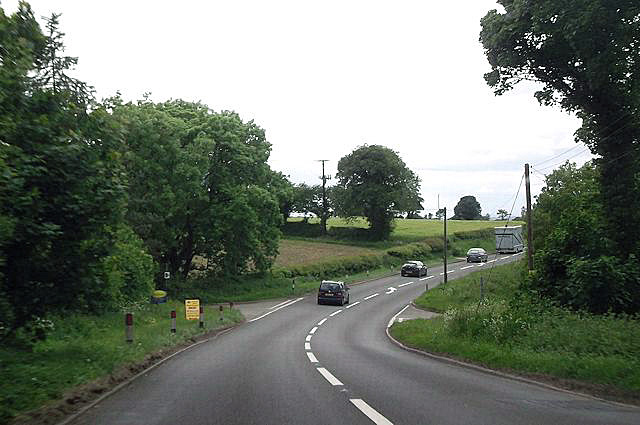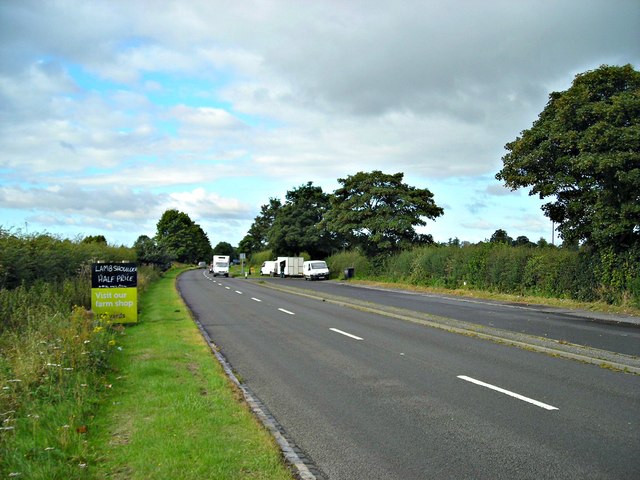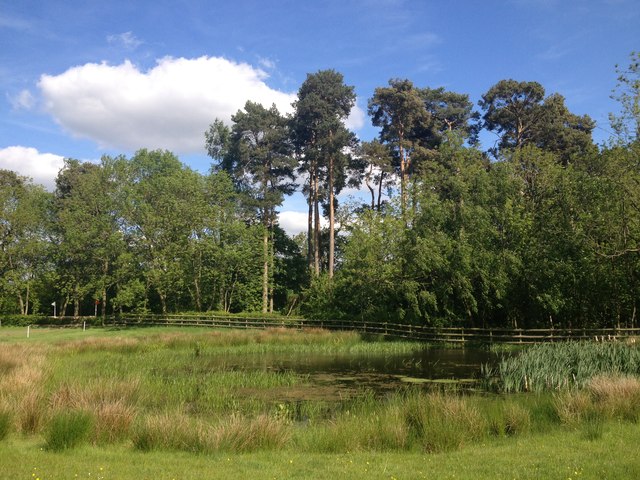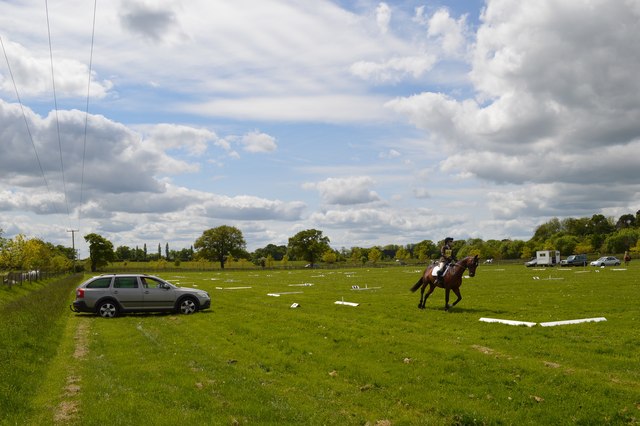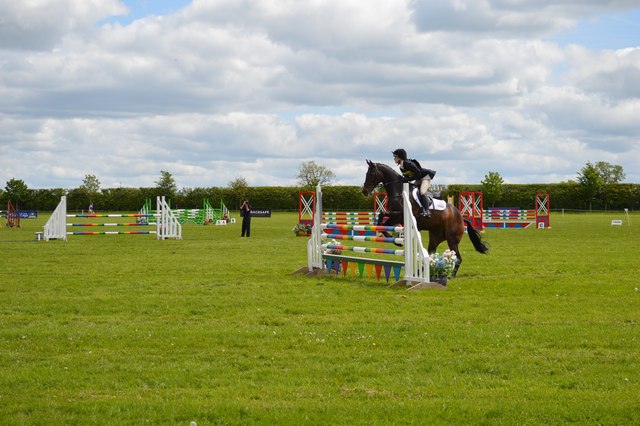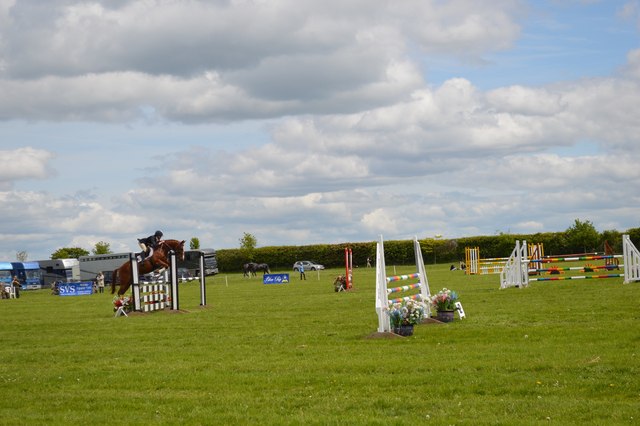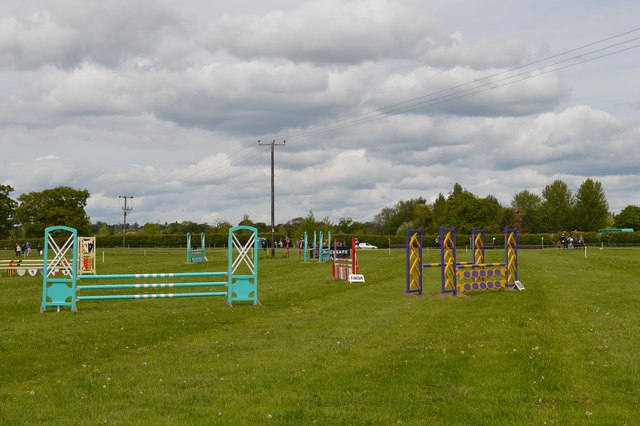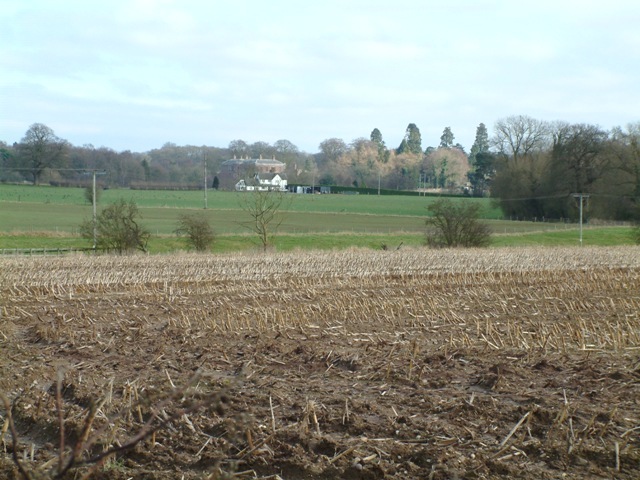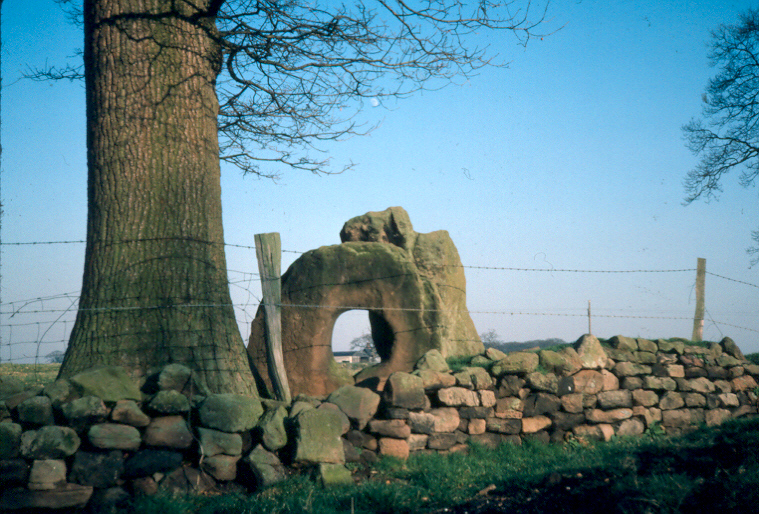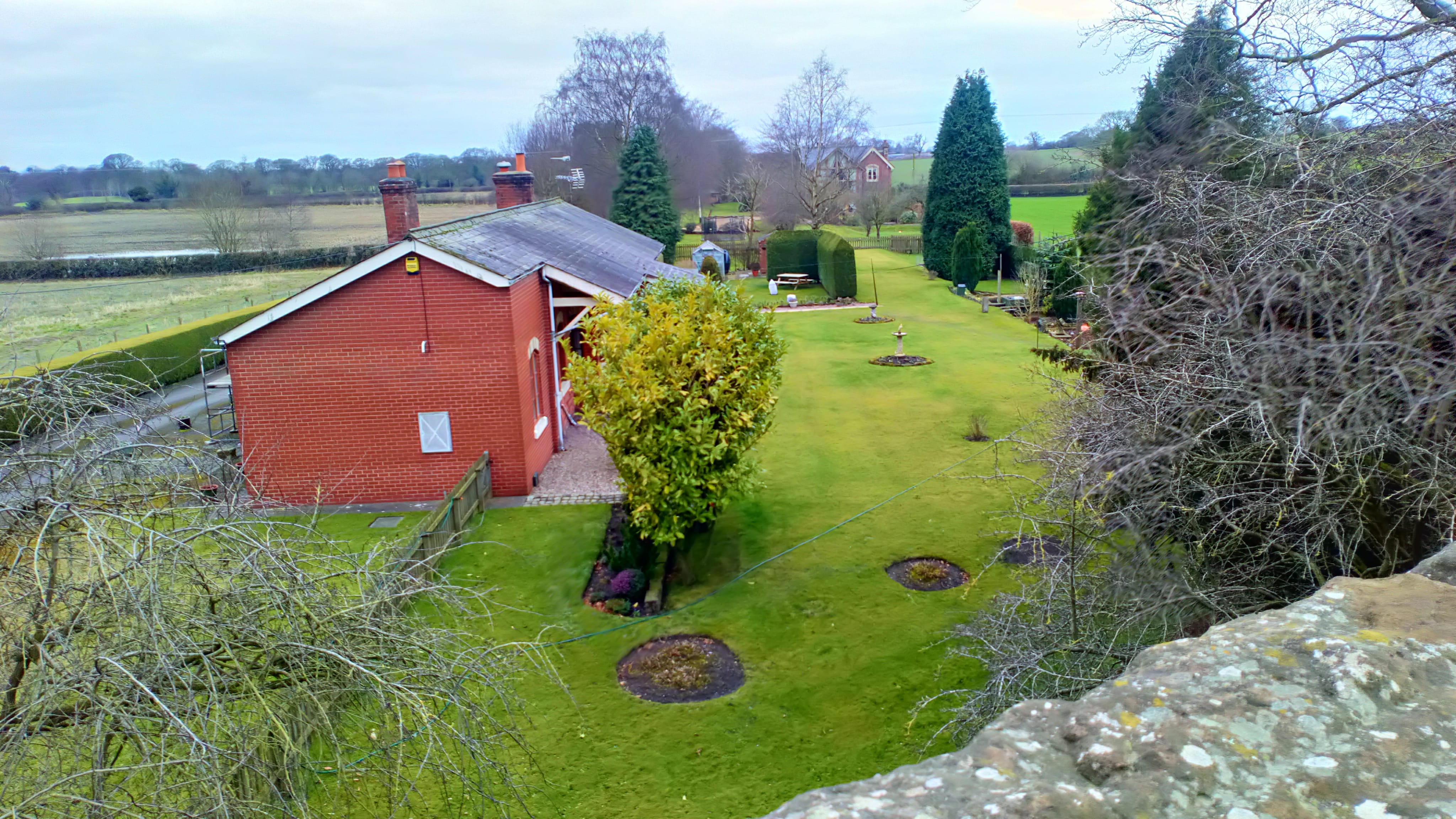Bache Pool
Lake, Pool, Pond, Freshwater Marsh in Staffordshire Newcastle-under-Lyme
England
Bache Pool
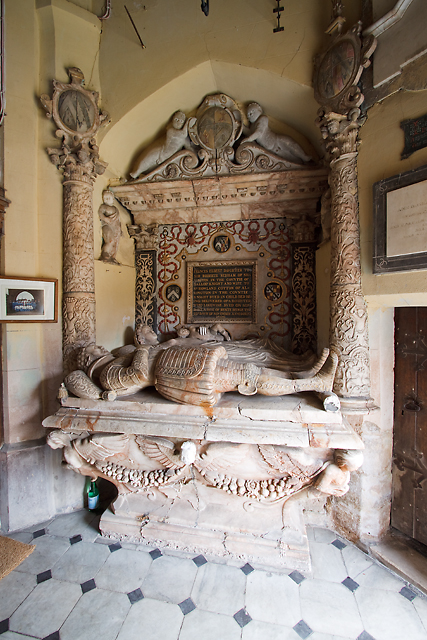
Bache Pool is a freshwater lake located in the county of Staffordshire, England. Situated near the town of Audley, it is a popular destination for nature enthusiasts and anglers alike. The pool covers an area of approximately 3.5 acres and is surrounded by picturesque countryside, offering visitors a tranquil and scenic setting.
Formed during the last Ice Age, Bache Pool is one of the few remaining glacial lakes in the region. It is fed by natural springs, ensuring a constant flow of fresh water. The pool's water is clear and relatively shallow, with an average depth of around 3 meters.
The surrounding area of Bache Pool is characterized by diverse flora and fauna. The lake is home to a variety of fish species, including perch, roach, and tench, making it an ideal spot for fishing enthusiasts. Additionally, the pool attracts a range of water birds such as mallards, coots, and tufted ducks, offering birdwatchers ample opportunities for observation.
The vegetation around Bache Pool consists of reed beds, rushes, and various aquatic plants, creating a freshwater marsh habitat. This environment supports a rich biodiversity, including dragonflies, frogs, and water voles. The pool's marshy surroundings also provide nesting sites for a variety of bird species.
Bache Pool is accessible to the public, with a footpath running alongside it, allowing visitors to enjoy leisurely walks and admire the scenic beauty of the area. The lake is managed by local authorities, who ensure its conservation and protection, making it a valuable natural asset for both the local community and visitors to enjoy.
If you have any feedback on the listing, please let us know in the comments section below.
Bache Pool Images
Images are sourced within 2km of 52.926858/-2.4420821 or Grid Reference SJ7036. Thanks to Geograph Open Source API. All images are credited.

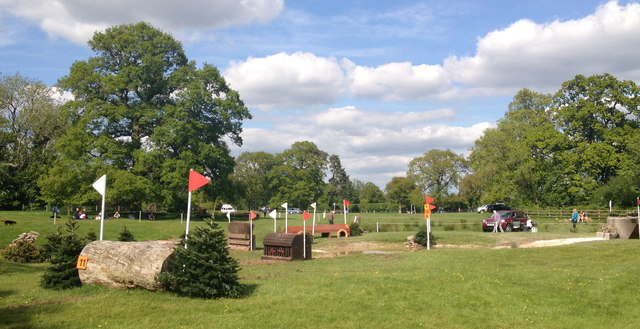
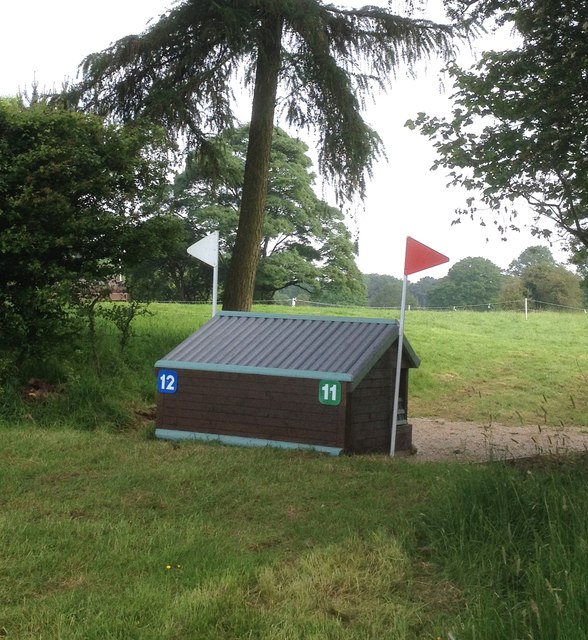
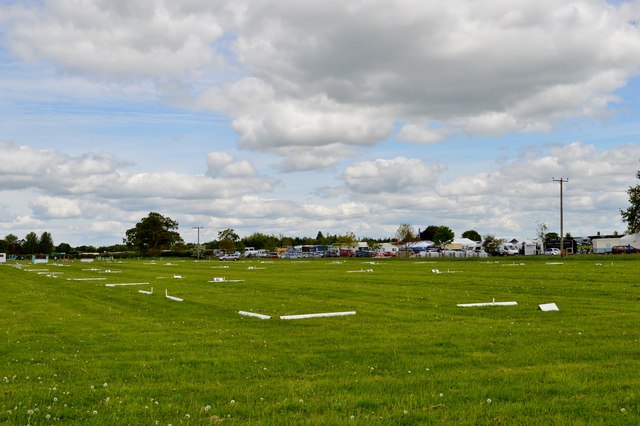

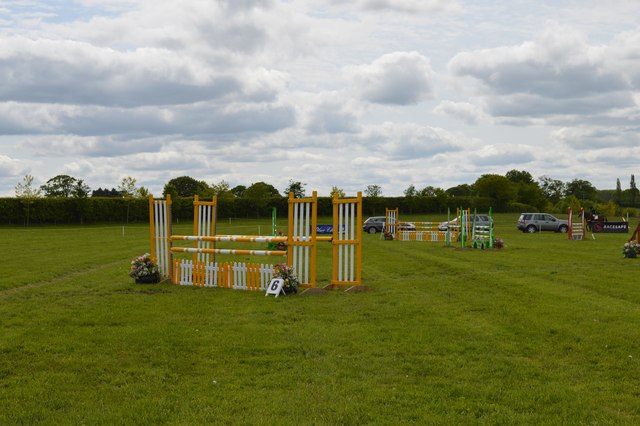
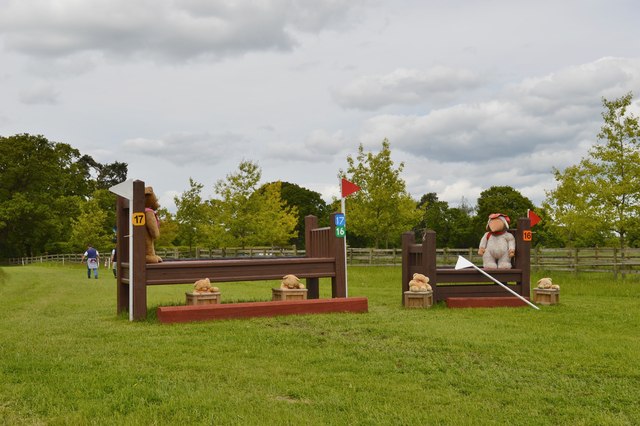

Bache Pool is located at Grid Ref: SJ7036 (Lat: 52.926858, Lng: -2.4420821)
Administrative County: Staffordshire
District: Newcastle-under-Lyme
Police Authority: Staffordshire
What 3 Words
///discusses.laminate.broken. Near Market Drayton, Shropshire
Nearby Locations
Related Wikis
Oakley Hall, Staffordshire
Oakley Hall is an early 18th century 14,929 sf mansion house at Mucklestone, Staffordshire near to the Shropshire town of Market Drayton. It is a Grade...
Oakley, Staffordshire
Oakley is a hamlet in Staffordshire, England. It is within Mucklestone ward of Loggerheads Parish. Oakley Hall, a former seat of the Chetwode family, is...
Betton, Shropshire
Betton is a hamlet in the civil parish of Norton in Hales, in the Shropshire district, in the county of Shropshire, England.
Audley's Cross
Audley's Cross is a cross sited in Blore Heath, Staffordshire to mark the spot on which James Touchet, Lord Audley was killed at the battle of Blore Heath...
Battle of Blore Heath
The Battle of Blore Heath was a battle in the English Wars of the Roses that was fought on 23 September 1459, at Blore Heath, Staffordshire. Blore Heath...
Norton in Hales
Norton in Hales is a village and parish in Shropshire, England. It lies on the A53 between the town of Market Drayton and Woore, Shropshire's most northeasterly...
Mucklestone
Mucklestone is a village and former civil parish, now in the parish of Loggerheads, in the Newcastle-under-Lyme district, in the county of Staffordshire...
Norton-in-Hales railway station
Norton-in-Hales railway station was a station on the North Staffordshire Railway between Stoke-on-Trent and Market Drayton. The station was opened in 1870...
Nearby Amenities
Located within 500m of 52.926858,-2.4420821Have you been to Bache Pool?
Leave your review of Bache Pool below (or comments, questions and feedback).
